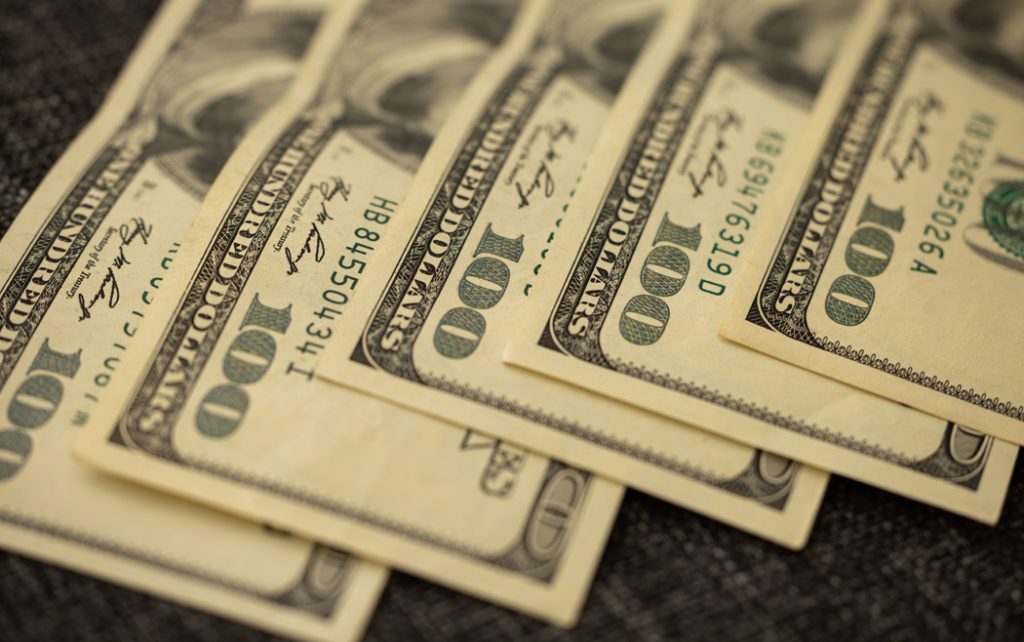
Most everyone knows that inflation means that prices are rising. This is a wonderful thing when you go to sell your house and you get a lot more than you paid for it. Not so good when you go to the grocery store or buy a car—or for that matter, buy a house.
Deflation is the opposite—a period of falling prices. It’s a wonderful thing when you are buying things. Not so good when you are selling.
Because we experience inflation or deflation as the price of what we want to buy or sell, we rarely think of these phenomena in terms of the value of our money. During inflation, our money is falling in value, and during deflation, the value of our money is rising.
Either one of these can be bad or good depending on whether you are buying or selling things. But of the two, deflation is by far the worst evil. In times of inflation, you are motivated to buy whatever you need as soon as possible because the price might be higher tomorrow.
But during deflation, the motivation is quite different. Because the price might be lower tomorrow, we are motivated to wait to buy anything until we absolutely can’t put it off any longer. So deflation carries with it the possibility of deep economic declines that can be hard to shake. This is what happened in the 1930s.
So basically, inflation encourages buying and deflation discourages it.
One might conclude from this that inflation is a good thing, and one might be wrong in doing so. A lot of people live on fixed incomes from pensions or Social Security, or are in jobs where raises are unlikely. For them, inflation means they can afford to buy fewer things because everything is more expensive and they don’t have more money to buy it.
For this reason, when inflation gets too high, the Federal Reserve takes action to try to bring it down. But before getting into what that action might be, I’d like to explain some confusing numbers.
On August 13, the Labor Department reported that the Consumer Price Index was up 8 percent. In July, it was up 8.5 percent, and in June it was up 8.5 percent. This might be a little confusing because prices are definitely not up more than 25 percent in the last three months. What the Labor Department is telling us is that prices are around 8 percent higher than they were at the same time last year. And this is actually very interesting!
Because it means inflation is not nearly as high as the numbers would suggest. The Labor Department told us that during the month of July prices were 0.1 percent higher than they were in June, and in June they were unchanged from May. So basically, over a two-month period, prices rose a total of 0.1 percent, which works out to an average of 0.6 percent for a full year. In other words, not much!
What does this mean to you? It means that for the summer of 2022, prices were pretty stable. Yes, they were higher than the summer of 2021, but ongoing inflation, in which we might see something like 8 percent per year every year, does not seem to be happening. If price increases continue to be minimal, by the time we get to next spring and summer, we could well see inflation drop to 2 percent or lower.
Remember, next year the Labor Department will be comparing prices to this year. It’s pretty hard for prices to keep increasing year after year at the kind of rate we are seeing now. The bar has been raised.
At the beginning of this period, I said that in a couple of years we could see headlines worrying about deflation. That still seems like a real possibility.
The inflation we’re seeing is because the consumer is in good shape. We have money to spend on the things we want and need. But supply bottlenecks created by the pandemic are continuing, and in some cases might take another two or three years to clear.
The Federal Reserve is the agency with the job of maintaining price stability. But they have no power to clear those bottlenecks. The only thing they can do is increase the cost of borrowing. If borrowing is expensive, people will buy fewer things on credit. This will lower demand for goods and services throughout the economy. Since this is the only lever the Fed can pull, the chances they will pull on it enough to push the economy into recession is pretty high.
And recession would further decrease consumer demand. With inflation already slowing, there is a good chance that a recession would move us into a period of deflation.
So put this column away and look at it again in the summer of 2024. Let’s see if I was right.
Hal Masover is a Chartered Retirement Planning Counselor and a registered representative. His firm, Investment Insights, Inc is at 508 N 2nd Street, Suite 203, Fairfield, IA 52556. Securities offered through, Cambridge Investment Research, Inc, a Broker/Dealer, Member FINRA/SIPC. Investment Advisor Representative, Cambridge Investment Research Advisors, Inc., a Registered Investment Advisor. Investment Insights, Inc & Cambridge are not affiliated. Comments and questions can be sent to hal.masover@emailsri.com These are the opinions of Hal Masover and not necessarily those of Cambridge, are for informational purposes only, and should not be construed or acted upon as individualized investment advice. Investing involves risk. Depending on the types of investments, there may be varying degrees of risk. Investors should be prepared to bear loss, including total loss of principal. Past performance is no guarantee of future results.
Indices mentioned are unmanaged and cannot be invested in directly.
